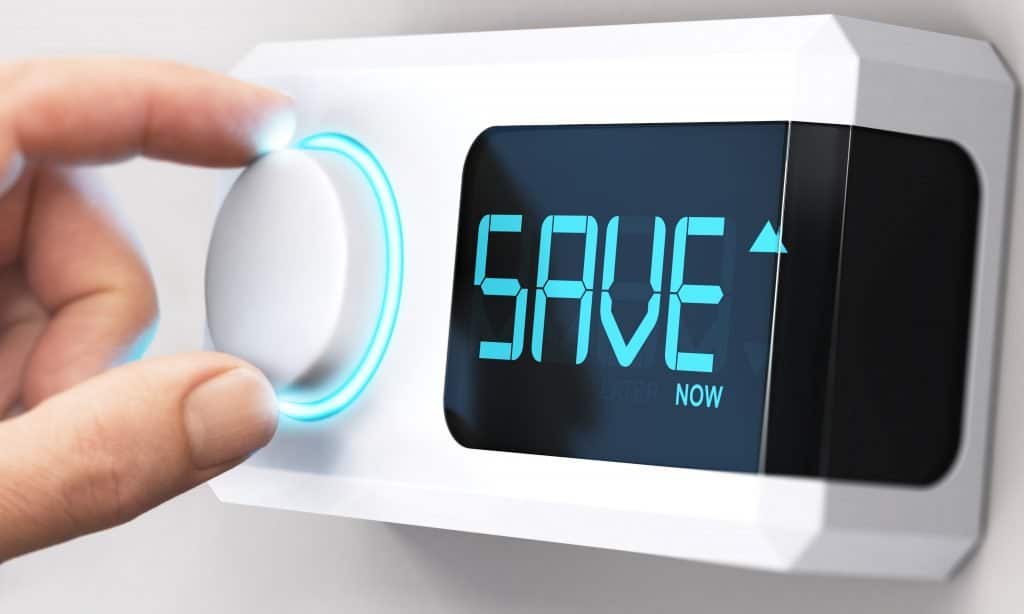Over the past few years, rising energy costs and stricter government regulations have led to an increased interest in energy-efficient commercial buildings and facilities. The main goals of developing energy efficient buildings are to 1) create cost savings for owners by utilizing less energy, 2) increasing the longevity and sustainability of facilities by reducing the capacity which equipment is required to function, and 3) reduce their carbon footprint to help preserve the environment and often generate positive PR for owners and tenants. Because heating and cooling systems comprise 40-60% of a building’s total energy consumption, using a high-efficiency HVAC system is a key factor in reducing energy use.[1] Below is our list of the top five latest strategies aimed at reducing the amount of heating and cooling system energy used by commercial buildings.
Condensing Boiler Systems
In 2020, the Department of Energy (DOE) published new regulations regarding the required efficiency of commercial boiler systems, which take effect January 10, 2023. These new regulations require that commercial boilers must meet a minimum standard of 81-88% efficiency.[2] As such, many commercial facilities have already begun the process of building or retrofitting properties from non-condensing to condensing boiler systems, that reuse latent heat to reach up to 99% efficiency.
Variable Speed Pumps & Fans
Variable speed motors provide pumps and fans the ability to operate at varying levels of power depending on the exact amount of heating or cooling needed for a building. The predecessor, single speed motors, would only yield full capacity or nothing at all, leading to inconsistent temperatures and unnecessary energy usage. With a substantial amount of square footage to heat and cool, many commercial buildings have switched to these variable speed controls to increase efficiencies and optimize heating performance.
Duct Sealing
Leaky ducts can be a huge culprit in HVAC system inefficiency and wasted energy. Much of the air that boiler has worked hard to heat or cool can quickly escape through old or poor ductwork that hasn’t been properly sealed. As a result, boiler systems must expel even more energy to compensate for heat that is being lost to the outside. Opting for duct sealing for new projects or retrofitting old ducts can be immensely successfully in preventing air loss.
Energy Recovery
Whether in the air or water systems, energy recovery is by far the best way to lessen the amount of energy used by commercial HVAC systems. From heat exchangers for free-cooling in chilled-water systems, to enthalpy wheels in air handling units, to recovering heat from you boiler flue, energy recovery systems ensure that your make the most of your power and fuel resources. Energy recovery is both good for the utility bills and the environment.
Smart Building Technology
The progress of IoT (internet of things) technology has innovated the HVAC industry through the use of smart sensors, self-regulation and integration capabilities. Historically, the HVAC settings for commercial buildings had been set based on timers. These new technologies allow highly accurate sensors to detect and respond to temperature, humidity, air quality and motion from within a building to decide when and how to turn on, leading to improved energy efficiency.
Interested in improving the efficiency of your commercial facility? Contact a UEP engineer today to discuss the best options for your project!
[1] https://blog.senseware.co/the-complete-guide-to-hvac-performance-and-sustainability-trends-happening-now
[2] https://appliance-standards.org/product/commercial-boilers




